Golgi Apparatus
The Golgi apparatus is a cellular organelle found in eukaryotic cells. It is responsible for modifying, sorting, and packaging proteins and lipids that are synthesized in the endoplasmic reticulum. The Golgi apparatus consists of a series of flattened membrane-bound sacs called cisternae. It plays a crucial role in intracellular transport and secretion.
Structure of Golgi Apparatus
The Golgi apparatus is made up of several components:
- Cisternae: These are the flattened, membrane-bound sacs where the processing of proteins and lipids occurs.
- Golgi vesicles: These are small membrane-bound vesicles that transport the modified molecules to their final destinations.
- Golgi matrix: This is a protein scaffold that provides structural support to the Golgi apparatus.
Functions of Golgi Apparatus
The Golgi apparatus performs several important functions:
- Protein modification: The Golgi apparatus adds carbohydrate chains to proteins, modifies them, and sorts them for transport to different cellular locations.
- Lipid processing: It is involved in the synthesis of lipids and their subsequent modification for various cellular functions.
- Sorting and packaging: The Golgi apparatus sorts and packages proteins and lipids into vesicles for delivery to different parts of the cell or for secretion outside the cell.
- Secretion: It is involved in the secretion of substances such as enzymes, hormones, and other cellular products.
Study Guide
To understand the Golgi apparatus, it's important to focus on the following key points:
- Describe the structure of the Golgi apparatus and its components.
- Explain the functions of the Golgi apparatus in protein modification, lipid processing, sorting, packaging, and secretion.
- Compare and contrast the Golgi apparatus with other organelles involved in protein synthesis and transport, such as the endoplasmic reticulum and lysosomes.
- Understand the role of the Golgi apparatus in maintaining cellular homeostasis and overall cell function.
Studying the Golgi apparatus in detail will provide insight into the intricate processes involved in cellular transport and secretion, as well as the importance of organelles in maintaining cellular function.
.◂Science Worksheets and Study Guides Fourth Grade. Rocks and minerals
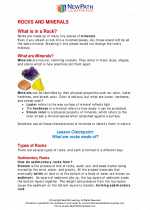
 Activity Lesson
Activity Lesson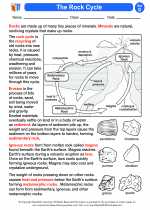
 Worksheet/Answer key
Worksheet/Answer key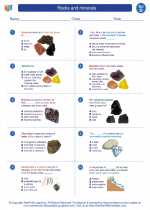
 Worksheet/Answer key
Worksheet/Answer key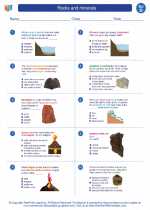
 Worksheet/Answer key
Worksheet/Answer key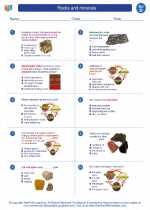
 Worksheet/Answer key
Worksheet/Answer key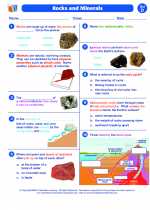
 Vocabulary/Answer key
Vocabulary/Answer key
 Vocabulary/Answer key
Vocabulary/Answer key
 Vocabulary/Answer key
Vocabulary/Answer key
 Vocabulary/Answer key
Vocabulary/Answer key
